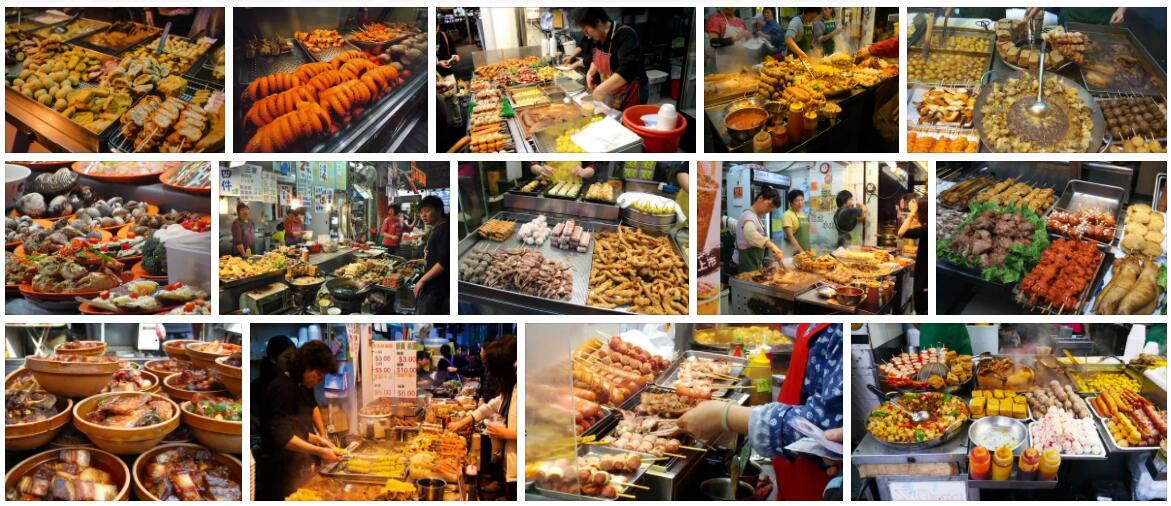Shopping and Eating in Hong Kong
According to AbbreviationFinder, Hong Kong is one of the largest cities in the country of China.
Shopping in Hong Kong
Any shopping enthusiast will have wonderful days in Hong Kong. High purchasing power concentrated on a limited area allows you to find most of the sky and earth somewhere in the city, and it is generally the buyer’s market. This can be quite confusing, since you seem to find exclusive branded clothing and electronic items in both street markets and shopping malls. But pirate products abound, so make sure what you buy works at home as well. It is not easy to take a non-functioning iPod back to a Kowloon street market two weeks after you return home.
Hong Kong is among Asia’s most expensive cities, but some articles can be found far more affordable than in Europe. Silkware is found almost everywhere. Mostly with the inscription Made In Hong Kong, like electronic articles, you save the transport and import surcharge on similar goods in Europe. Stones like jade are very popular and considered health-giving in China, but get well into the market first. The jade figures should be completely green with no stains or marks. Hong Kong, by the way, has no sales tax, so there is nothing to be refunded at the airport upon return.
Hong Kong Shopping Centers
You will find many shopping malls, and at Hong Kong Island Central you will find Prince’s Arcade, Pacific Place and Shanghai Tang, where you will find both modern western goods (at western prices) and typical Chinese goods. In Kowloon’s Nathan Road, the stores are located close to both sides of the street, but prices here, as in main streets around the world, are generally higher than in the rest of the city. The largest shopping centers are Harbor City Mall and Festival Walks, where the most shopping-fix can easily spend all day.
Markets in Hong Kong
Hong Kong’s most well-known market is undoubtedly Temple Street Night Market in Kowloon, which is open daily from 7 am. 2000 to 2230. Here you will find most everything from wheel whips, DVDs, books and silk ties to compass, small jade buddha sharks or Homer Simpson steel lamps. Soar of the heart’s desire. Stanley Market on Southeast Hong Kong Island has much of the same at very reasonable prices, open daily from 7am. 0900 to 1800. And while you might not be buying anything at the Bird Garden or the Jade Market, it’s definitely part of the Hong Kong experience. Spring Garden Lane in Wan Chai is also a good place to find clothes at very low prices.
Eating in Hong Kong
Hong Kong has literally thousands of eateries in all price ranges. If you went for it, you could well have survived a week on a couple of hundred patches if you restricted your diet to noodles and dim sum from the street stalls. Alternatively, you can easily spend thousands of dollars on a single visit to one of the city’s more exclusive restaurants.
The restaurant offerings are of course dominated by Chinese cuisine, and local Cantonese eateries are never many meters away. It is also Cantonese restaurants that are most widely used in Europe, and consequently the Norwegians most associate with the term kinamat, so the selection should be well known to most. In addition to all seafood and meat dishes, soups, noodles and tofu are also central to the local menu. Vegetarians also have a good offer in Hong Kong, Chinese chefs are very inventive and good at cooking meat alternatives.
One of the main attractions that appeal to tourists is the huge floating restaurant Jumbo, located at the port of Aberdeen on Hong Kong Island. The interior may seem a bit screaming, like a sparkling neon temple in combination with a Chinese casino, but it has been mostly full where most nights since opening, so reservations are recommended.
Maybe you thought it would easily cost you a four-digit number to eat at a Michelin starred restaurant? Not in Hong Kong! Here you can actually get a full meal, with drinks for well under a hundred. Tim Ho Wan is called the place, and the most expensive dish actually costs no more than about 30 kroner. This is by no means a luxurious restaurant, more a small dim sum cafe with seating for around 20, and the star is given solely based on the quality of the food. Therefore, be prepared for queues and waiting times. Tim Ho Wan is located in Tsui Yuen Mansion, 2-20 Kwong Wa Street in Mong Kok district. Read more.
Fast food in Hong Kong
The European influence over time is of course still present, even on the restaurant front. You will find Italian, French, Indian and Greek restaurants in Hong Kong, and all fast food restaurant chains like McDonald’s, Kentucky Fried Chicken and Burger King have long since established themselves. You also have Hard Rock Cafe, Pizza Hut, TGI Fridays and Planet Hollywood, with about the same menu offerings and price levels as the rest of the world.
Drinking in Hong Kong
Chinese beer like Yanjing, Harbin and Tsingtao are usually light and light, but you will naturally find hundreds of English pubs where you get everything from lukewarm ale and Guinness to Heineken and Hoegaarden. A pint usually costs at least 40 kroner, so it is no cheap pleasure for Asia to be.
China has no tradition of wine production, and most products are not much to shout for, although the trend has definitely been heading in the right direction in recent years. Imported wine is available at most restaurants, but prices are therefore considerably higher.





